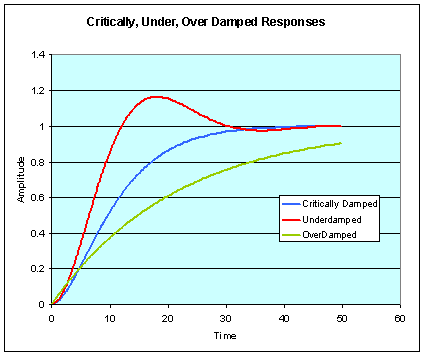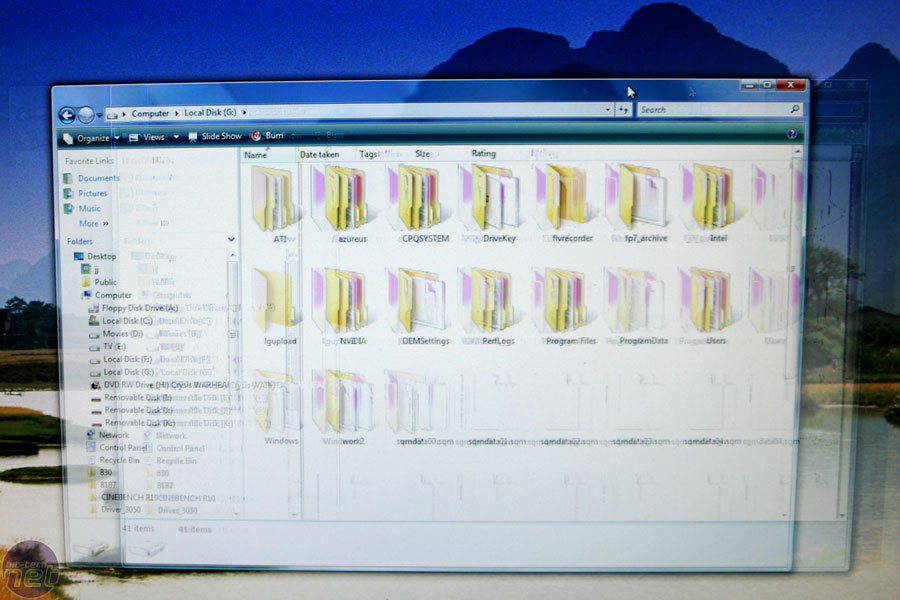Overdrive option in Monitor settings.
8 hours ago, Cyberspirit said:Thanks for the answer
Honestly, I'm not sure what I should look for.
In an LCD, there are little crystals that align to an applied electric field (voltage). Depending on how much voltage is applied the crystals will allow some fraction of light to pass through to your eye. These crystals are physical things that have to move, so naturally it takes some time to do it. Overdrive applies more voltage than is needed to get the crystals to move as fast as possible, sometimes the crystals are moving so fast that they don't stop at the desired position, they pass it a little bit and then have to be moved back some. The side effect of this is that for a brief moment, the pixel is displaying the wrong color as it back tracks to the correct value.

This image shows what overdrive is from a control theory standpoint. The 1 line is the position the crystals need to be in to display the proper color, the red line is how the crystal moves over time to get there when overdrive is enabled, as opposed to the blue or green line that would be used typically. Notice how the red line gets to 1 quicker than the green line. That's why overdrive is used at all, because even though it overshoots the correct value, it gets to it faster than if you didn't.
The pixels displaying the wrong color are anywhere there are large changes in color. For example, on my monitor under fast mode, if I drag my mouse cursor across a bluish-gray background, it appears to have a purple shadow following it. That's because the pixels that were white to display my mouse pointer are trying to change to that bluish-gray color as fast as possible and they overshoot and display purple before settling on the correct color. This is referred to in the community as "inverse ghosting" as the shadow can sometimes follow the moving object or anticipate its movement and the color often looks wrong like an inverted color image.
A quick image search found this:
See how as the window is dragged around the monitor is displaying a purple color? That's inverse ghosting. Try dragging windows quickly across your desktop with overdrive on and off and try changing your background to different solid colors, see if you can notice a difference.


















Create an account or sign in to comment
You need to be a member in order to leave a comment
Create an account
Sign up for a new account in our community. It's easy!
Register a new accountSign in
Already have an account? Sign in here.
Sign In Now